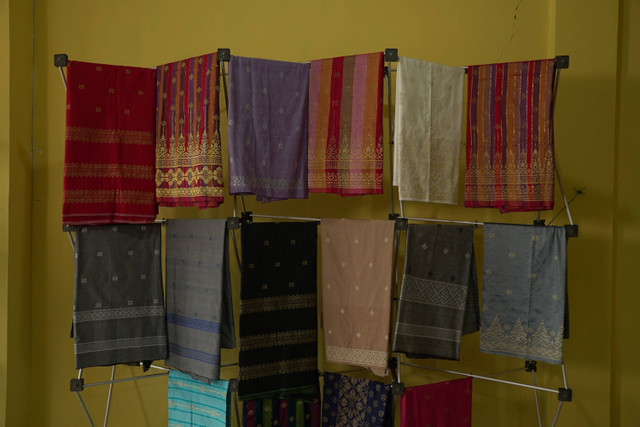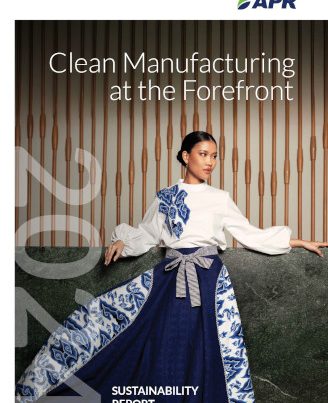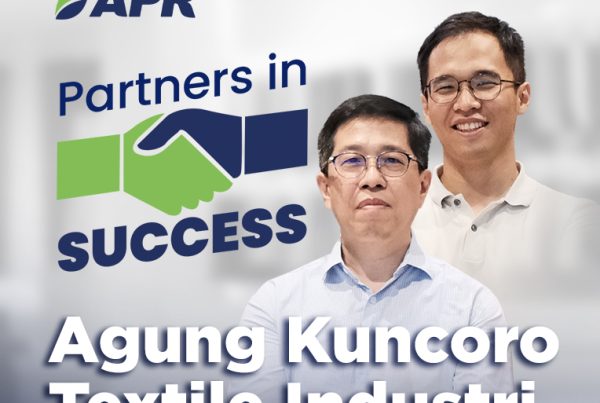APR helps bring together a Riau-based tradition with modern, sustainably produced viscose
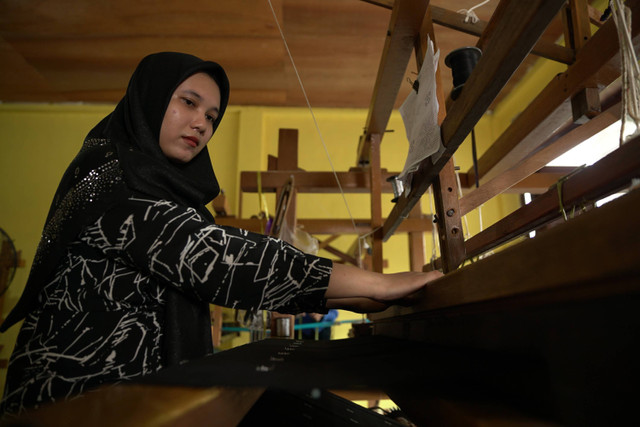
Photo – Faiz Zulfikar/kumparan
In Pelalawan, Riau, weaving is a crucial part of the local culture. As part of its sustainability goals, APR (Asia Pacific Rayon), as one of the largest producers of viscose rayon and is also based in Riau, found a relevant way to empower the local community.
Rumah Tenun Pulau Payung (translated: Weaving house in Payung island) was established in January 2024, is overseen by Yulhendra, or “Ira” as she is locally called, a weaving team driven by the vision of her husband, Usman Hakim, a prominent figure in Pelalawan.
According to a report published in Kumparan in May 2024, support from APR is helping in the couple’s effort to establish Pulau Payung weaving as a distinctive regional craft.
“We have a mutual agreement with APR. God willing, we provide the space, and APR has been assisting us until we reach our current size,” Ira shared with the digital news outlet. She hopes that Riau weaving can become a sought-after souvenir for tourists.
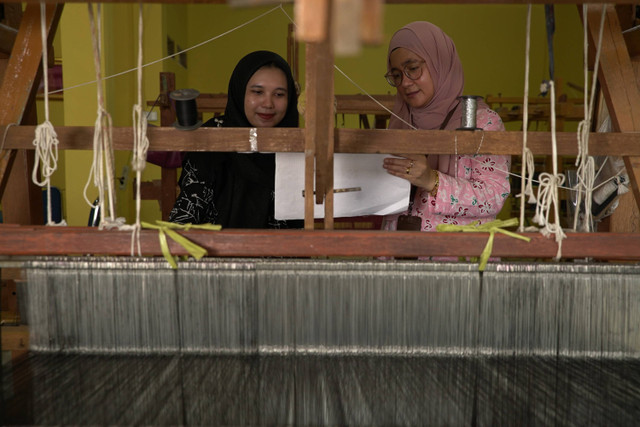
Photo: Faiz Zulfikar/kumparan
The weavers at Rumah Tenun Pulau Payung use non-machine looms, which require a high level of skill and precision to create unique patterns inspired by local folklore. APR provides training, looms, and viscose threads, and supported study visits to Rumah Tenun Wan Fitri in Pekanbaru, a well-established weaving centre. Regular visits from APR’s weaving experts to ensure quality and progress.
“We bring them in every week. The weaving experts come here weekly to check on our development and give advice on colour blending and pattern placement,” explained Sundari Berlian, APR’s Community Development Operation Manager.
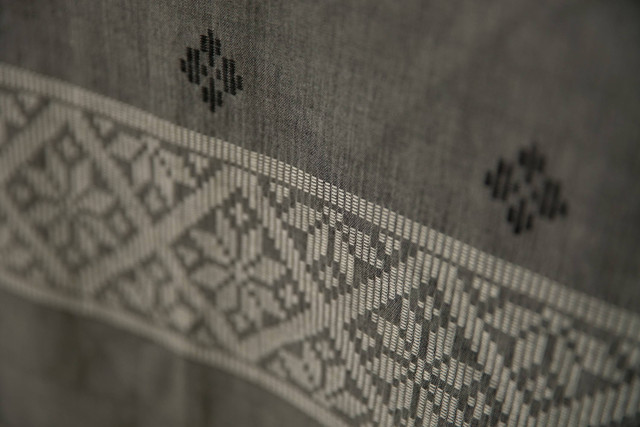
Photo: Faiz Zulfikar/kumparan
One significant innovation at Rumah Tenun Pulau Payung is using viscose thread, which APR provides. By integrating viscose into the fabric, it enhances its quality and uniqueness of the woven item, producing brighter colours and a smoother texture. For example, when white viscose thread is combined with a black primary cotton thread, it results in an attractive grey woven fabric. The use of viscose also aligns with sustainability principles since it is biodegradable, adding value to woven products.
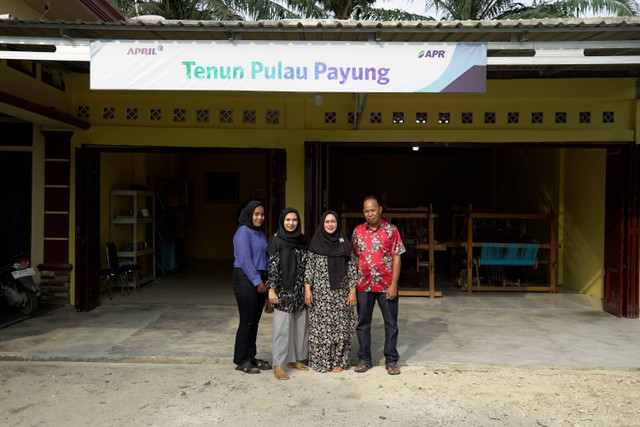
Photo: Faiz Zulfikar/kumparan
Rumah Tenun Pulau Payung’s viscose-based woven products are now commercially marketed, and gaining attention as distinctive souvenirs from Pelalawan, just as Ira hoped. Prices range from IDR 600,000 to IDR 1 million, depending on the complexity of the design. They also promote their crafts on social media through the Instagram account @rumahtenunpulaupayung to reach a broader audience.
Usman shared that Rumah Tenun Pulau Payung plans to expand even further; the group are in discussions with local government officials to create a Pulau Payung motif. He shared: “After we finalise the Pulau Payung motif, we’ll move on to the Sungai (translated: river) motif and seek out an expert to help us design it.”
Empowering the local community and introducing viscose in the weaving industry aligns with APR2030’s commitment to making Riau a regional textile hub. With this vision, APR aims to elevate Riau artisans to new heights in Indonesia and even globally.



